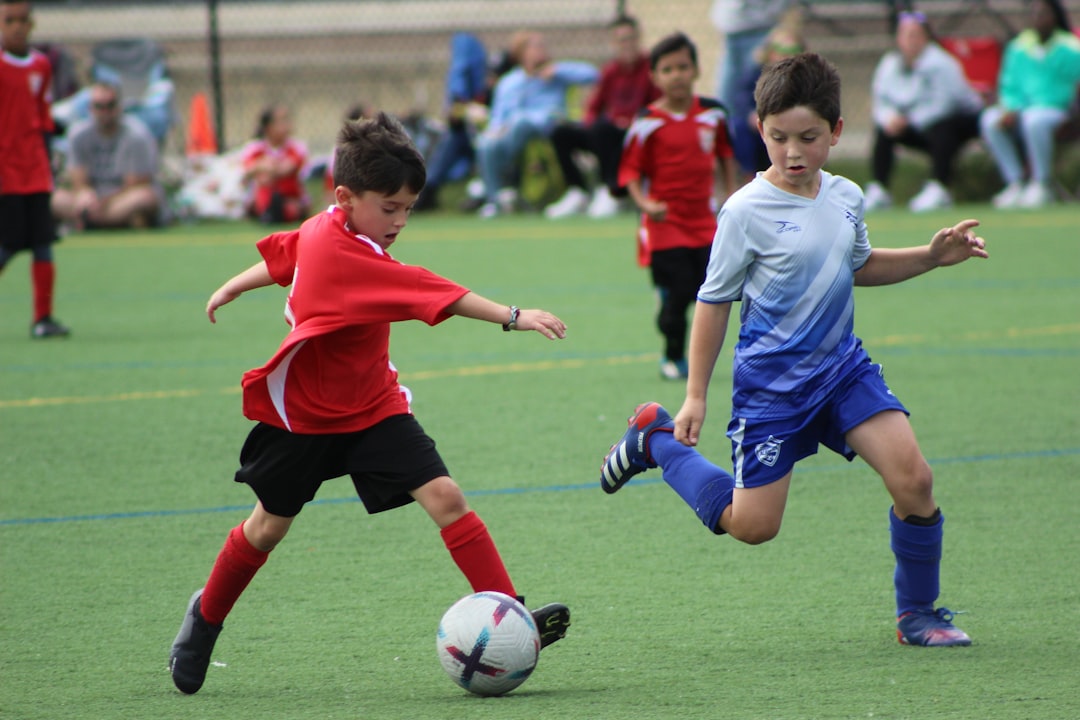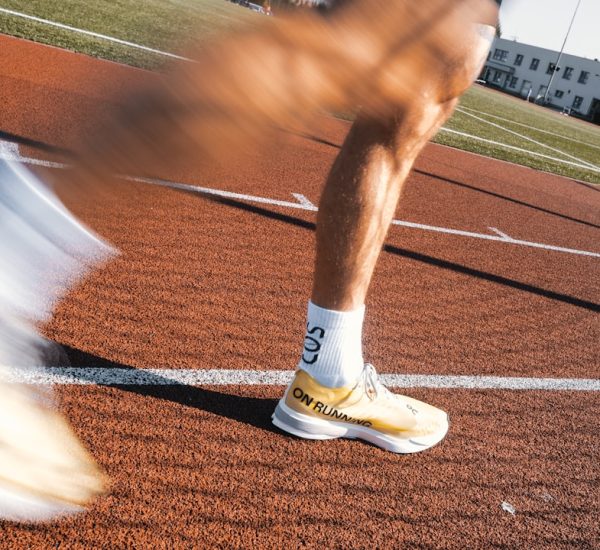Across the UK, especially in England, County Sports Partnerships have played a critical role in shaping the landscape of grassroots sports and physical activity. These organisations—often less visible than national sports bodies—function behind the scenes to connect local authorities, sports clubs, schools, and community groups, ensuring that physical activity opportunities are accessible to all. But what exactly are County Sports Partnerships, commonly referred to as CSPs? What do they do, how are they structured, and what impact do they truly have on communities?
Understanding County Sports Partnerships
County Sports Partnerships are networks established to promote sports and physical activity across specific geographic areas, usually aligning with county boundaries. Originally funded by Sport England, CSPs were created with the mission of increasing participation in sport and active lifestyles, improving health outcomes, and fostering community engagement through physical activity.
Today, CSPs have evolved into broader, more inclusive entities. In fact, many have rebranded and now operate under the umbrella of Active Partnerships—a national network of 43 organisations across England. While their names may differ by region, their core goals and collaborative approaches remain consistent.
The Structure of CSPs
Each County Sports Partnership typically has a well-defined internal structure designed to support collaboration among diverse stakeholders. The structure often consists of:
- Board of Directors: This governing body oversees the strategic direction and ensures accountability and ethical governance.
- Senior Leadership Team: Responsible for day-to-day operations, this team often includes a Chief Executive Officer or Director who leads staff in implementing programs.
- Development Officers: These professionals engage directly with local clubs, schools, and community organizations to deliver programs and monitor their impact.
- Partnership Coordinators: Focusing on building relationships, these individuals liaise with public health officials, councils, and education bodies.
This decentralised yet coordinated model allows CSPs to remain agile, responsive to local needs while still aligning with national policies and targets.
Key Roles and Responsibilities
At the heart of every CSP’s function lies a commitment to turning national sport and health strategies into local actions. Their primary roles include:
1. Increasing Participation in Physical Activity
CSPs devise and deliver initiatives that encourage people of all ages and backgrounds to get active. This often includes:
- Running inclusive sports programs for disadvantaged communities
- Promoting activities for older adults and individuals with disabilities
- Organising school sports competitions and training for PE teachers

2. Supporting Local Sports Clubs
Local clubs often struggle with funding, volunteer management, and governance. CSPs provide essential support by:
- Offering grant advice and application help
- Running workshops on volunteer recruitment and retention
- Ensuring clubs adhere to safeguarding and health protocols
3. Developing Coaching and Workforce
High-quality coaching is fundamental to sustainable sports development. CSPs work collaboratively with National Governing Bodies (NGBs) to:
- Train coaches in specific sports and inclusive methods
- Provide leadership and mentoring schemes
- Create employment opportunities in the physical activity sector
4. Promoting Health and Wellbeing
In partnership with local health services, CSPs support physical activity interventions that mitigate chronic health issues like obesity, diabetes, and mental health challenges. Examples include:
- Community walking groups and cycling initiatives
- Exercise referral schemes from GPs or physiotherapists
- Campaigns that link activity with mental health wellbeing
Strategic Collaborations and Funding
CSPs rarely work in isolation. They thrive on partnerships, often functioning as the missing link in the chain of public health, education, and sports development. Some of their principal collaborators include:
- Local Authorities and Councils: Working to implement regional sport and leisure strategies
- Schools and Colleges: Supporting physical education and extracurricular activities
- Health Authorities: Encouraging residents to improve their physical wellbeing
- Charities and NGOs: Reaching niche communities through grassroots efforts
In terms of funding, CSPs often receive core support from Sport England. However, they also access resources via:
- Commercial sponsorship and private donations
- Government health grants and Local Authority funds
- Partnership project funding, often linked to public health initiatives

The Measurable Impact of CSPs
The success of County Sports Partnerships is not merely anecdotal. Over the years, extensive data has been collected to track participation levels, health improvements, and community engagement metrics. Here are some ways that CSPs have shown their influence:
1. Boosting Physical Activity Levels
Regions with well-funded, proactive CSPs have shown measurable increases in physical activity rates. For instance, targeted school programs have helped decrease inactivity among children by up to 15% in some areas.
2. Enhancing Mental Health and Social Inclusion
Community initiatives such as walking clubs, veterans’ sports groups, and inclusive fitness classes have helped reduce loneliness and depression, especially among older adults and vulnerable populations.
3. Supporting Youth Development
Numerous CSP-led youth programs help develop confidence, teamwork, and leadership skills in children and teenagers—often increasing future employability and life satisfaction.
Challenges and the Evolving Landscape
Despite their success, CSPs face several challenges:
- Ongoing financial uncertainty and dependency on short-term funding
- Reaching hard-to-engage populations, such as ethnic minorities and economically disadvantaged groups
- Adapting to strategic changes in national sports policy post-COVID-19
To tackle these issues, many CSPs are employing more data-driven and digitally innovative methods to measure outcomes and tailor interventions. There’s also a greater emphasis on sustainability and long-term community involvement, ensuring programs can continue without constant external funding.
The Future of County Sports Partnerships
As public health increasingly intersects with physical activity, County Sports Partnerships are becoming even more relevant. They are evolving into holistic health and wellbeing engines rather than just sport-focused entities. Their role is pivotal in national campaigns such as “This Girl Can,” “We Are Undefeatable,” and COVID-19 recovery movements, which rely on local implementation to succeed.
Looking ahead, CSPs are expected to focus more on:
- Digital engagement to broaden accessibility
- Cross-sector collaboration with education, health, and employment sectors
- Data transparency to secure ongoing funding and prove impact
Conclusion
County Sports Partnerships are unsung heroes of community wellbeing. Their work is expansive, bridging multiple sectors and demographics, facilitating engagement in sports and active lifestyles, and delivering vital health and social benefits. As society places increasing value on physical and mental wellbeing, the role of CSPs will only grow more critical.
While their names and organisational models may shift over time, their foundational purpose remains unchanged: to inspire and enable communities to live healthier, more active lives through the power of sport and movement.


